Home>Garden Essentials>How Does Crop Rotation Help Soil Fertility
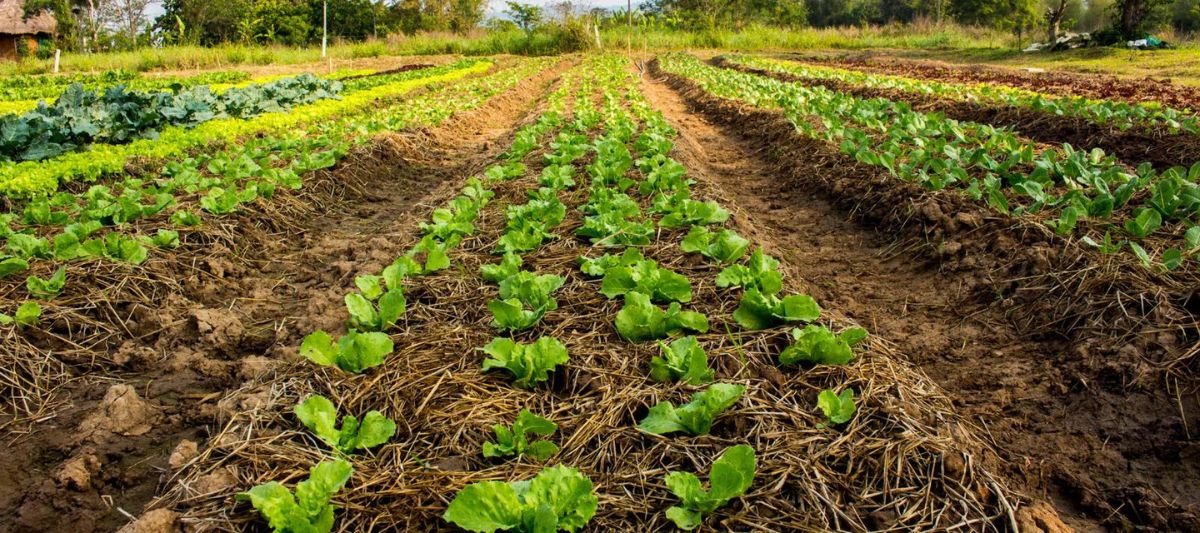

Garden Essentials
How Does Crop Rotation Help Soil Fertility
Modified: March 20, 2024
Learn how implementing crop rotation in your garden can improve soil fertility and yield healthier plants. Discover the benefits of this sustainable gardening practice.
(Many of the links in this article redirect to a specific reviewed product. Your purchase of these products through affiliate links helps to generate commission for Storables.com, at no extra cost. Learn more)
Introduction
Gardening can be a rewarding and fulfilling hobby, but to truly cultivate a thriving garden, it is essential to understand the importance of soil fertility. Soil fertility refers to the ability of the soil to provide necessary nutrients, support microbial activity, retain moisture, and sustain plant growth. Without fertile soil, plants may struggle to establish themselves, grow, and produce abundant harvests.
One effective method to maintain and improve soil fertility is through the practice of crop rotation. Crop rotation has been used for centuries as a sustainable farming technique, and it involves growing different crops in a sequential rotation on the same piece of land. This method has proven to be highly beneficial, not just for farmers but also for home gardeners.
Crop rotation plays a significant role in enhancing soil fertility by breaking plant disease cycles, balancing nutrient levels, improving soil structure, and reducing pest pressure. Through this article, we will explore the relationship between crop rotation and soil fertility, the various benefits it provides, different types of crop rotation systems, factors to consider when implementing crop rotation, successful examples, and potential challenges.
By understanding and implementing crop rotation effectively, gardeners can optimize soil fertility, maximize harvest yields, and contribute to the long-term sustainability of their gardens. So, let us dive into the fascinating world of crop rotation and discover how it can transform your garden into a flourishing oasis.
Key Takeaways:
- Crop rotation helps soil by preventing plant diseases, balancing nutrients, improving soil structure, and conserving water, leading to healthier plants and sustainable gardening.
- Successful crop rotation systems include sequential rotation, four-field rotation, companion planting, and green manure cover crops, offering versatile and effective strategies for optimizing soil fertility.
Read more: How Does Crop Rotation Help Preserve Soil?
Definition of Crop Rotation
Crop rotation is a farming and gardening technique that involves systematically changing the types of crops grown in a specific area over a period of time. The practice dates back thousands of years and has been employed by various cultures around the world.
At its core, crop rotation aims to break the cycle of disease and pests while optimizing soil fertility and health. By alternating different types of crops, gardeners can prevent the buildup of specific plant diseases and pests that would thrive if the same crop is continuously grown in the same location.
The duration of each crop in the rotation cycle can vary, but typically it is between one and four years. For example, a three-year crop rotation cycle may involve planting legumes (nitrogen-fixing plants) in year one, leafy greens in year two, and root vegetables in year three. After the third year, the cycle starts again with legumes.
One of the fundamental principles of crop rotation is to ensure that each crop has specific nutrient requirements. This allows the soil to recover and replenish the necessary nutrients between crop rotations. For instance, legumes are known for their ability to fix nitrogen in the soil, which benefits crops with high nitrogen demands.
Crop rotation can take different forms depending on the specific needs of the garden or farm. It can involve a simple rotation between two different crops or a more complex system that includes multiple crops in a sequence. Some rotations may also include fallow periods, during which the land is left unplanted to rest and regenerate.
Overall, the goal of crop rotation is to create a balanced and sustainable ecosystem in which crops are rotated strategically to optimize soil health, manage pests and diseases, and improve overall productivity.
Importance of Soil Fertility
Soil fertility is a critical factor in the success of any garden or agricultural endeavor. Fertile soil provides a nurturing environment for plants to grow, develop strong root systems, and produce healthy and abundant yields. Here are a few key reasons why soil fertility is of utmost importance:
- Optimal Nutrient Supply: Fertile soil contains a balanced and sufficient supply of essential nutrients such as nitrogen, phosphorus, potassium, and micronutrients. These nutrients are vital for plant growth and development, including the production of leaves, flowers, and fruits.
- Healthy Microbial Activity: Fertile soil supports a diverse and thriving community of beneficial microbes, including bacteria, fungi, and earthworms. These organisms contribute to the decomposition of organic matter, nutrient cycling, and the formation of soil structure, all of which are crucial for plant health.
- Improved Water Retention: Fertile soil has a good water-holding capacity, allowing it to retain moisture for longer periods. This is particularly important in dry regions or during drought conditions, as it helps plants access water for their growth and survival.
- Resistance to Erosion: Soil fertility plays a role in soil structure and stability. Fertile soil with a healthy balance of organic matter and mineral particles is less prone to erosion caused by wind or water. Protecting soil fertility helps prevent the loss of topsoil, which is rich in nutrients and essential for plant growth.
- Sustainable Agriculture: Maintaining soil fertility is a cornerstone of sustainable and environmentally-friendly agricultural practices. By prioritizing soil health, farmers and gardeners can reduce the reliance on synthetic fertilizers and pesticides, promote biodiversity, and enhance the long-term productivity of the land.
In summary, soil fertility is crucial for the successful cultivation of plants. It supports optimal nutrient supply, enables healthy microbial activity, improves water retention, prevents erosion, and contributes to sustainable agricultural practices. By understanding the importance of soil fertility, gardeners can take proactive steps to maintain and enhance the health of their soil, setting the stage for thriving gardens and bountiful harvests.
Understanding the Relationship Between Crop Rotation and Soil Fertility
The practice of crop rotation is deeply intertwined with soil fertility. It is a dynamic relationship that can have a profound impact on the health and productivity of the soil. Here are a few key aspects of the relationship between crop rotation and soil fertility:
- Disease and Pest Control: One of the primary benefits of crop rotation is its ability to break the cycle of plant diseases and pests. Many plant diseases and pests are specific to certain plant families or species. By rotating crops, gardeners can prevent the buildup of these diseases and pests, as they are less likely to find their preferred host plants in the following growing season.
- Nutrient Balancing: Different crops have varying nutrient requirements. By rotating crops, gardeners can help balance nutrient levels in the soil. For example, legumes are known for their ability to fix atmospheric nitrogen into the soil, benefiting nitrogen-demanding crops that follow in the rotation. This helps to minimize the depletion of specific nutrients and ensures that plants have access to the nutrients they need for optimal growth and production.
- Soil Structure Improvement: Crop rotation can also improve soil structure. Different crops have different root structures, depths, and patterns of nutrient uptake. This variation in root systems helps promote the formation of a healthy soil structure, reducing compaction and enhancing drainage. Improved soil structure allows roots to penetrate deeper into the soil, accessing nutrients and water more effectively.
- Organic Matter Accumulation: Certain crops, such as cover crops or green manure crops, are commonly included in crop rotation systems. These crops are intentionally grown and incorporated into the soil to improve organic matter content. Organic matter contributes to soil fertility by enhancing nutrient holding capacity, improving soil structure, and supporting beneficial microbial activity.
- Water Management: Crop rotation can also impact water management in the garden. By planting crops with different water requirements, gardeners can distribute water usage more evenly throughout the growing season. This helps prevent water stress and ensures that plants have adequate moisture for optimal growth. Additionally, improved soil structure resulting from crop rotation helps with water infiltration and reduces runoff, improving overall water use efficiency.
In summary, crop rotation and soil fertility are closely interconnected. By implementing crop rotation strategies, gardeners can effectively manage diseases and pests, balance nutrient levels, enhance soil structure, accumulate organic matter, and improve water management. These benefits contribute to the overall health and fertility of the soil, creating an ideal environment for plants to thrive and produce abundant yields.
Benefits of Crop Rotation on Soil Fertility
Crop rotation is a valuable practice for improving and maintaining soil fertility in gardens and agricultural fields. It offers numerous benefits that contribute to the long-term health and productivity of the soil. Here are some key advantages of crop rotation in relation to soil fertility:
- Disease and Pest Management: By rotating crops, gardeners can disrupt the life cycles of plant diseases and pests. Different crops have varying susceptibilities to specific diseases and pests. By not planting the same crop in the same location year after year, gardeners can prevent the buildup of pathogens and pests that target specific plants. This minimizes the need for chemical interventions and fosters a more balanced and natural pest control system.
- Nutrient Balancing: Crop rotation helps to balance nutrient levels in the soil. Different crops have unique nutrient requirements. Some crops may deplete specific nutrients, while others have the ability to replenish them. By rotating crops with different nutrient demands, gardeners can ensure that the soil is not depleted of any particular nutrient over time. This leads to a more harmonized and sustainable nutrient profile, promoting healthier plant growth.
- Enhanced Soil Structure: The practice of crop rotation improves soil structure. Different crops have different root systems that interact with the soil in various ways. For example, plants with deep tap roots help break up compacted soil layers, allowing for better water infiltration and root penetration. Rotating crops with diverse root systems can lead to improved aeration, water drainage, and nutrient distribution in the soil, ultimately enhancing soil structure and promoting healthier plant growth.
- Increase in Organic Matter: Incorporating cover crops or green manure crops in crop rotation systems can significantly increase the organic matter content of the soil. These crops, when planted and then tilled into the soil, add organic material that improves soil structure, moisture retention, and nutrient cycling. The organic matter serves as a food source for beneficial soil organisms, fostering their activity and contributing to overall soil fertility.
- Better Water Management: Crop rotation can help manage water resources more efficiently. Different crops have different water requirements. By rotating crops with varying water needs, gardeners can optimize water utilization throughout the growing season. Additionally, improved soil structure resulting from crop rotation helps with water infiltration and reduces runoff, minimizing the risk of erosion and water wastage. Efficient water management leads to healthier plants and improved overall soil fertility.
The benefits of crop rotation on soil fertility are numerous and interconnected. By implementing effective crop rotation practices, gardeners can effectively manage diseases and pests, balance nutrient levels, enhance soil structure, increase organic matter content, and improve water management. These benefits contribute to the long-term health and fertility of the soil, creating a thriving environment for plants to grow and flourish.
Crop rotation helps soil fertility by preventing the depletion of nutrients in the soil. By alternating different crops, the soil can replenish essential nutrients and reduce the buildup of pests and diseases.
Read more: How Does Crop Rotation Help Crop Yield
Different Types of Crop Rotation Systems
Crop rotation can take various forms and adapt to the specific needs of the garden or farm. The type of crop rotation system chosen depends on factors such as crop requirements, soil conditions, pest and disease pressures, and overall gardening or farming goals. Here are some common types of crop rotation systems:
- Sequential Crop Rotation: In this system, crops are rotated in a specific order or sequence. Each crop follows the previous one in a planned rotation cycle. For example, a sequential crop rotation system could involve planting legumes one year, followed by leafy greens the next year, and then root vegetables in the third year. This allows for a balanced nutrient cycle, reduces disease and pest pressure, and improves overall soil health.
- Alternate Crop Rotation: This rotation system involves alternating between two different crops. For example, one year, a gardener might plant tomatoes, followed by a year of growing cucumbers. The following year, the cycle repeats with tomatoes. This system helps break disease and pest cycles specific to particular crops while maintaining a relatively simple rotation pattern.
- Companion Planting Rotation: Companion planting involves strategically placing different plant species together to benefit one another. In companion planting rotation, crops that have a mutually beneficial relationship are rotated. For instance, planting nitrogen-fixing legumes alongside crops that require high nitrogen levels. This system promotes symbiotic relationships between plants, enhances nutrient cycling, and improves soil fertility.
- Fallow Rotation: This rotation system involves leaving a portion of the land fallow or unplanted for a certain period. The fallow period allows the soil to rest, regenerate, and recover. This can be particularly beneficial in cases where the soil is heavily depleted or requires time to rebuild organic matter and restore nutrient levels. Fallow rotation can help prevent soil erosion, reduce weed pressure, and rejuvenate the soil.
- Intercropping Rotation: Intercropping involves growing multiple crops simultaneously in the same space. In intercropping rotation, different crops are planted together, often in rows or grids. This system maximizes space utilization, improves pest and disease resistance by confusing pests with mixed plantings, and promotes biodiversity. Intercropping rotation can be particularly useful for small gardens or farms with limited land.
These are just a few examples of crop rotation systems, and there is flexibility in designing rotations to suit specific gardening or farming needs. The chosen rotation system should take into consideration the characteristics of the crops, their nutrient requirements, disease and pest pressures, soil conditions, and long-term goals for soil fertility and sustainability.
By implementing an appropriate crop rotation system, gardeners and farmers can optimize soil health, manage pests and diseases, enhance nutrient availability, and promote long-term productivity, while minimizing the need for chemical interventions and maintaining a sustainable and balanced ecosystem.
Factors to Consider When Implementing Crop Rotation
Implementing a successful crop rotation system requires careful planning and consideration of various factors. By taking these factors into account, gardeners and farmers can maximize the benefits of crop rotation and promote soil fertility. Here are some key factors to consider when implementing crop rotation:
- Crop Nutrient Requirements: Different crops have varying nutrient needs. Consider the nutrient requirements of each crop in the rotation to ensure a balanced nutrient cycle. Some crops may be heavy feeders of specific nutrients, while others may enrich the soil through nitrogen fixation. Rotating nutrient-demanding crops with nutrient-giving crops can help maintain fertility and avoid nutrient imbalances.
- Disease and Pest History: Understanding the disease and pest history of the garden or farm is crucial in determining the crops to include in the rotation. Identify crops that are susceptible to the prevalent diseases and pests and avoid planting them in consecutive years. By breaking the cycle, you can reduce the risk of disease and pest buildup.
- Plant Family Relationships: Plants in the same family often share similar disease and pest vulnerabilities. Avoid planting crops from the same plant family in consecutive years, as this can lead to a buildup of specific pathogens. Instead, rotate crops from different plant families to disrupt disease and pest cycles and maintain soil health.
- Soil Health and Condition: Consider the condition of the soil, including its nutrient levels, organic matter content, pH, and drainage. Assess if the soil requires any amendments or improvements before implementing crop rotation. Soil testing can provide valuable insights into nutrient deficiencies or imbalances, enabling you to select appropriate crops and fertilization strategies for the rotation.
- Climate and Seasonality: Take into account the local climate and seasonality when planning crop rotation. Different crops have specific temperature, humidity, and daylight requirements. Ensure that the rotation aligns with the local climate conditions to maximize crop growth and yield. Additionally, consider the length of the growing season and plan the rotation accordingly.
- Succession Planting: Incorporate succession planting into the crop rotation plan. Succession planting involves planting new crops as soon as one crop is harvested, extending the growing season and maximizing yield. By carefully selecting crops with different maturity times, you can ensure a continuous harvest and optimize land usage.
- Garden Layout and Space Management: Consider the layout of the garden or farm and the available space when planning the crop rotation. Optimize space utilization by grouping crops with similar growing requirements and ensuring efficient use of planting beds or fields. This helps maximize productivity and simplify the management of the rotation system.
By considering these factors and tailoring the crop rotation system to the specific needs of the garden or farm, growers can optimize soil fertility, minimize disease and pest issues, and promote the long-term sustainability of their crops. Regular monitoring, evaluation, and adjustment of the crop rotation plan based on the results and feedback obtained from each growing season will lead to continual improvement.
Examples of Successful Crop Rotation PracticesSuccessful crop rotation practices have been utilized by farmers and gardeners for centuries, allowing them to optimize soil fertility, disease management, and overall productivity. Here are a few examples of crop rotation practices that have proven to be effective:
- Three-Year Rotation: This classic crop rotation system involves dividing crops into three categories: legumes, brassicas, and roots. In the first year, legumes such as peas or beans are planted. Legumes have the unique ability to fix atmospheric nitrogen into the soil, enriching it for other crops. In the second year, brassicas like cabbage or broccoli are grown. These leafy green vegetables benefit from the nitrogen deposited by the legumes. Finally, in the third year, root crops like potatoes or carrots are planted, which help break up the soil and harvest remaining nutrients.
- Four-Field Crop Rotation: This rotation system was popularized by British farmers in the 18th century and revolutionized agriculture. The fields are divided into four sections, and each year, crops are rotated sequentially. The first field is used for autumn-sown grain crops, followed by a field for legumes such as peas or beans, then one for root crops like turnips or potatoes, and finally, a field left fallow or planted with a cover crop to allow the soil to rest, regenerate, and accumulate nutrients.
- Corn, Bean, and Squash (Three Sisters): This traditional Native American crop rotation system combines three crops – corn, beans, and squash – in a mutually beneficial manner. Corn provides a support structure for climbing beans, which, in turn, fix nitrogen in the soil. The sprawling squash plants act as living mulch, suppressing weeds and conserving soil moisture. This rotation system maximizes space utilization, minimizes pest and disease pressure, and enriches the soil with nitrogen.
- Green Manure Cover Crops: Instead of growing cash crops throughout the year, some farmers and gardeners incorporate cover crops or green manure crops into the rotation plan. These crops, such as clover, rye, or vetch, are grown specifically to improve soil fertility. They are planted in between growing seasons or during fallow periods to protect and nourish the soil. When the cover crops are tilled into the soil, they add organic matter, increase nutrient availability, and enhance soil structure.
- Companion Planting: Companion planting is a practice that involves planting compatible crops together to enhance growth and deter pests. Companion planting can be incorporated into crop rotation systems to maximize the benefits. For example, planting aromatic herbs like basil or marigolds alongside tomatoes can help repel pests and prevent disease buildup. Careful pairing of crops based on their compatibility can result in healthier plants and improved soil fertility.
These examples showcase the versatility and effectiveness of different crop rotation practices. The key is to select a rotation system that aligns with the specific goals, soil conditions, climate, and crop requirements of the garden or farm. By implementing successful crop rotation practices, growers can optimize soil health, reduce disease and pest pressure, and enhance the long-term productivity and sustainability of their crops.
Challenges and Potential Limitations of Crop Rotation
While crop rotation is a valuable practice for sustaining soil fertility, it is important to be aware of the challenges and potential limitations that may arise. Understanding these factors can help growers proactively address them and make informed decisions regarding their crop rotation strategies. Here are some challenges and potential limitations of crop rotation:
- Land and Space Constraints: Crop rotation requires sufficient land or growing space to implement the rotation plan effectively. In small gardens or urban settings, space limitations may hinder the ability to rotate crops properly. In such cases, alternative methods like container gardening or vertical gardening can be explored to optimize space utilization.
- Restricted Crop Choice: Certain crops may be more challenging to incorporate into a rotation plan due to their specific growth requirements or restrictions. For example, crops that require long growing seasons or specific soil conditions may limit the flexibility of crop rotation. It is important to carefully consider crop suitability and adapt the rotation plan accordingly.
- Management of Perennial Crops: Crop rotation is typically focused on annual crops, leaving the management of perennial crops, such as fruit trees or berries, outside the scope of rotation. However, it is essential to manage the health and fertility of the soil around these perennial crops through practices like mulching, cover cropping, and targeted fertilization.
- Persisting Soil-Borne Diseases: While crop rotation can be effective in managing many plant diseases, certain soil-borne diseases may persist despite rotation. Some pathogens can survive in the soil for extended periods, making it challenging to break their cycle. In such cases, supplemental measures such as soil solarization, crop diversification, or the use of disease-resistant crop varieties may be necessary.
- Invasive Weeds and Volunteer Plants: Crop rotation alone may not effectively control invasive weeds or volunteer plants that readily reseed themselves. These plants can disrupt the rotation plan and compete with desired crops. Combining rotation with other weed management strategies such as mulching, hand weeding, or targeted herbicide use may be necessary to keep weed populations in check.
- Market Demands and Crop Profitability: Crop rotation decisions are often influenced by market demands and crop profitability. There may be economic constraints or market requirements that limit the choice of crops in the rotation. Balancing the economic viability of crops with the goals of rotation and soil fertility is crucial for successful planning and implementation.
Despite these challenges and limitations, crop rotation remains a valuable practice for maintaining soil fertility and managing pests and diseases. By being aware of these potential obstacles, growers can adapt their crop rotation strategies, explore alternative techniques, and utilize supplemental practices to mitigate limitations and optimize the benefits of crop rotation.
Conclusion
Crop rotation is a time-tested and effective technique for enhancing soil fertility and optimizing the health and productivity of gardens and farms. By strategically rotating crops in a sequence, growers can break disease and pest cycles, balance nutrient levels, improve soil structure, and promote long-term sustainability. Throughout this article, we have explored various aspects of crop rotation, including its definition, the importance of soil fertility, the relationship between crop rotation and soil health, the benefits it provides, different types of rotation systems, factors to consider when implementing rotation, successful examples, and potential limitations.
Understanding the importance of soil fertility is fundamental to successful gardening and agriculture. Fertile soil sets the stage for healthy plant growth, abundant harvests, and sustainable practices. Crop rotation plays a vital role in maintaining soil fertility by preventing disease and pest buildup, balancing nutrient levels, improving soil structure, and conserving water. It is a proactive and holistic approach that contributes to the overall health of the soil ecosystem.
Implementing a suitable crop rotation system requires careful consideration of factors such as crop nutrient requirements, disease history, soil health, climate, and available space. By tailoring the rotation plan to address these factors, growers can optimize the benefits of crop rotation and mitigate potential challenges. Examples of successful crop rotation practices include sequential rotation, four-field rotation, companion planting, and green manure cover crops. These examples highlight the versatility and effectiveness of various rotation systems in different contexts.
However, it is important to acknowledge that there are challenges and limitations associated with crop rotation. These include land and space constraints, restricted crop choices, management of perennial crops, persisting soil-borne diseases, invasive weeds, and market demands. By being mindful of these challenges, growers can explore alternative approaches, integrate supplemental practices, and make informed decisions to overcome limitations and find success with crop rotation.
In conclusion, incorporating crop rotation into gardening and agriculture practices is a valuable investment in the long-term health and productivity of the soil. By adopting a thoughtful and adaptable approach to crop rotation, growers can foster soil fertility, promote sustainable practices, and cultivate thriving gardens and farms for years to come.
Frequently Asked Questions about How Does Crop Rotation Help Soil Fertility
Was this page helpful?
At Storables.com, we guarantee accurate and reliable information. Our content, validated by Expert Board Contributors, is crafted following stringent Editorial Policies. We're committed to providing you with well-researched, expert-backed insights for all your informational needs.
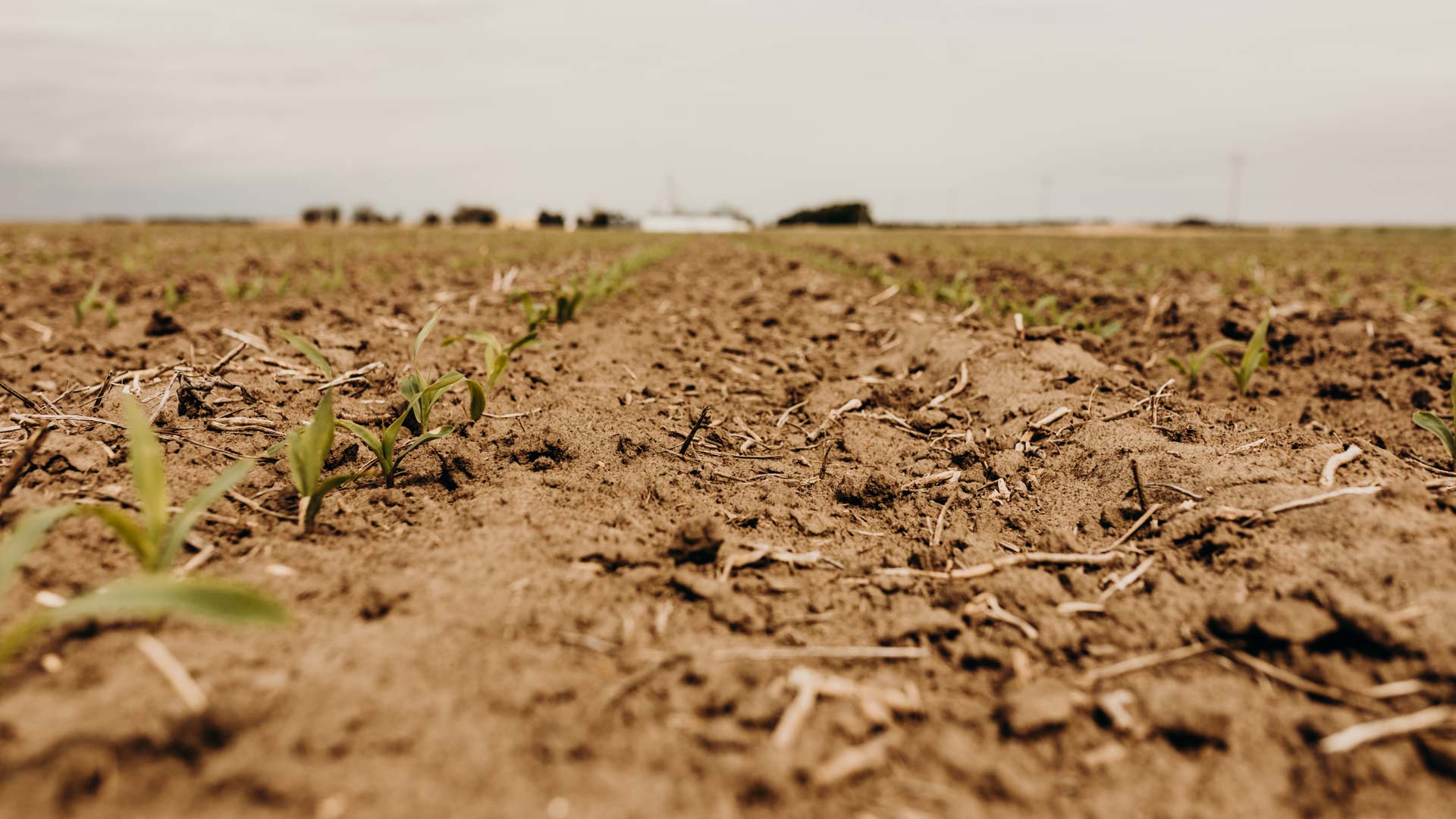
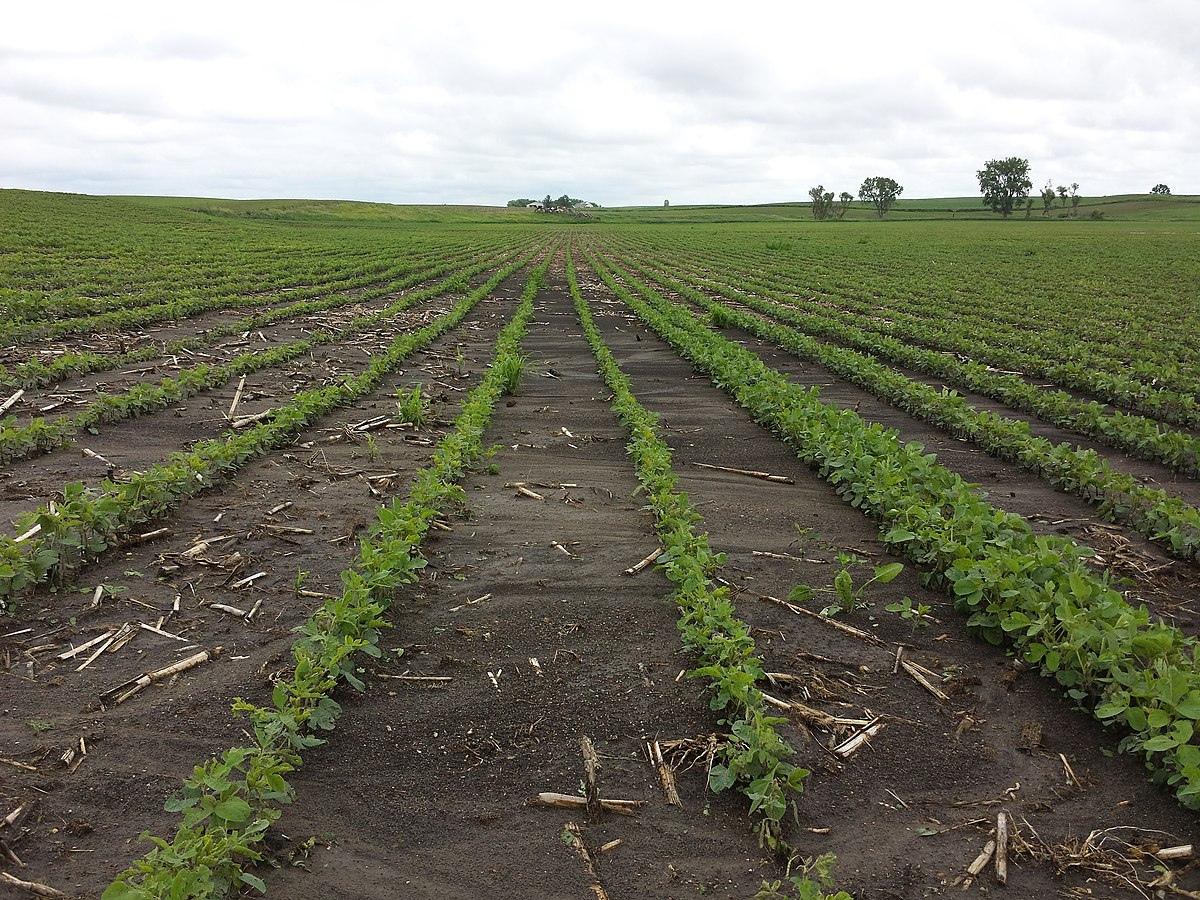
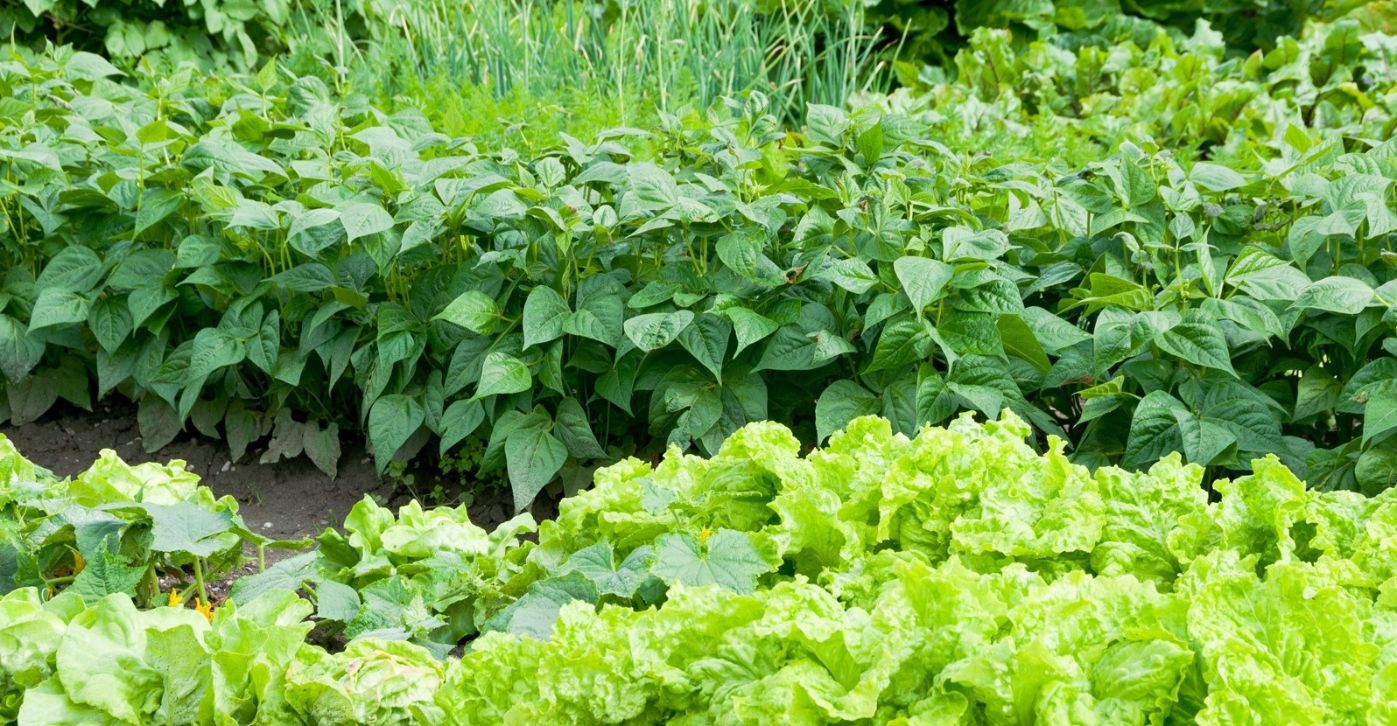
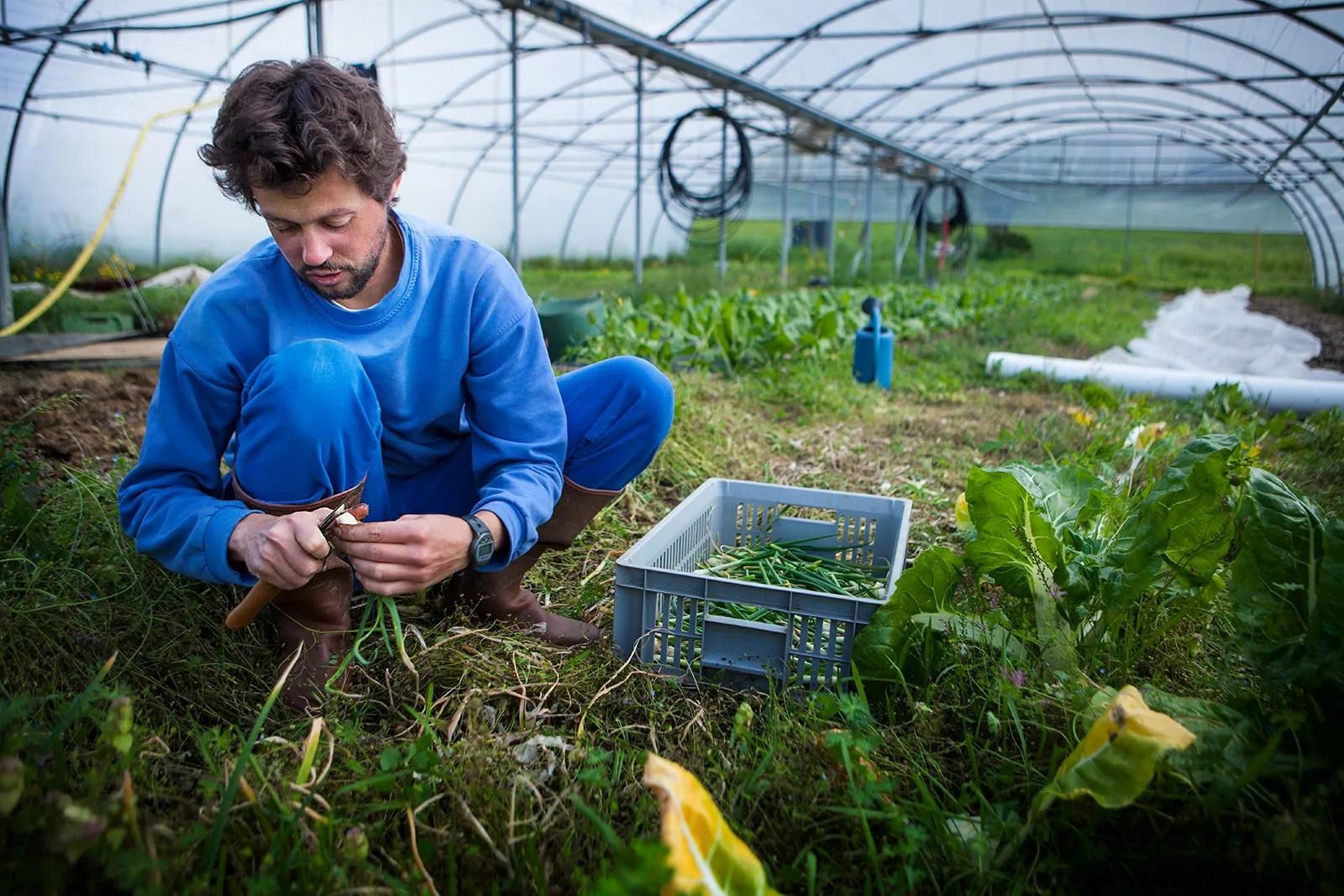
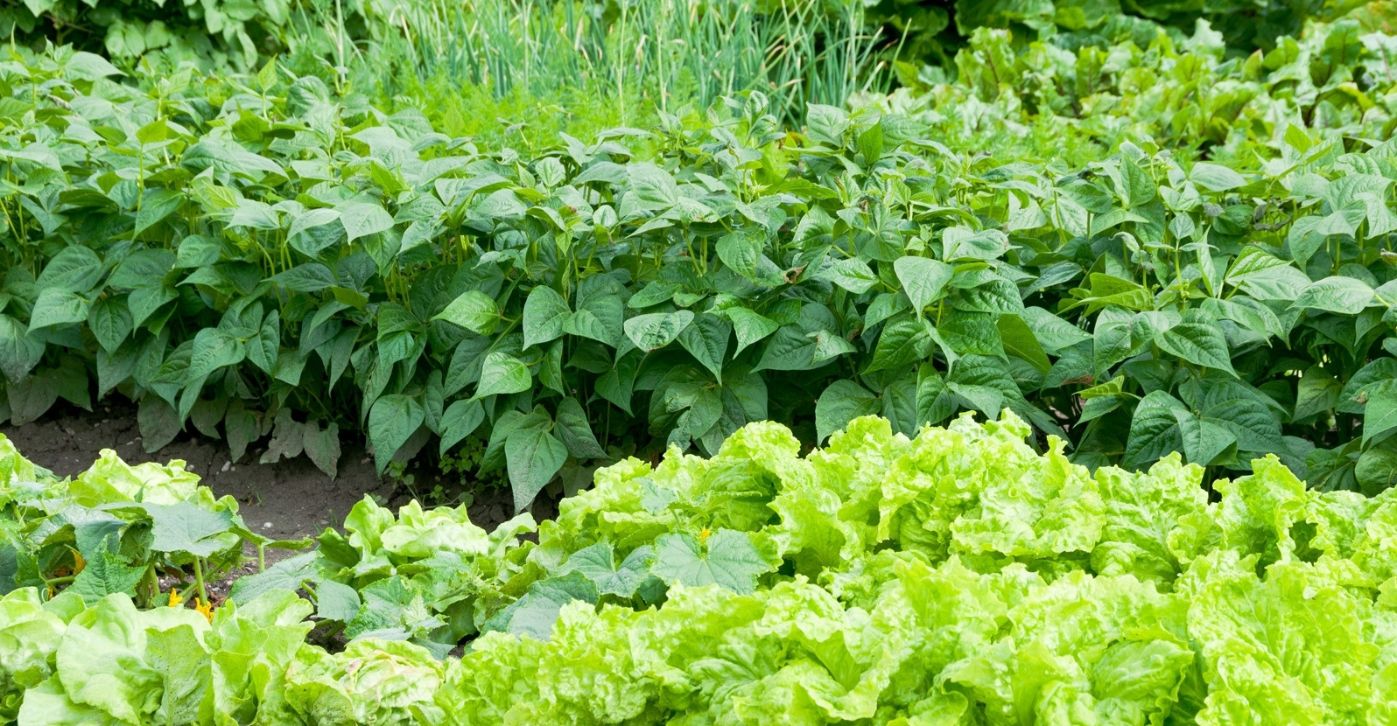
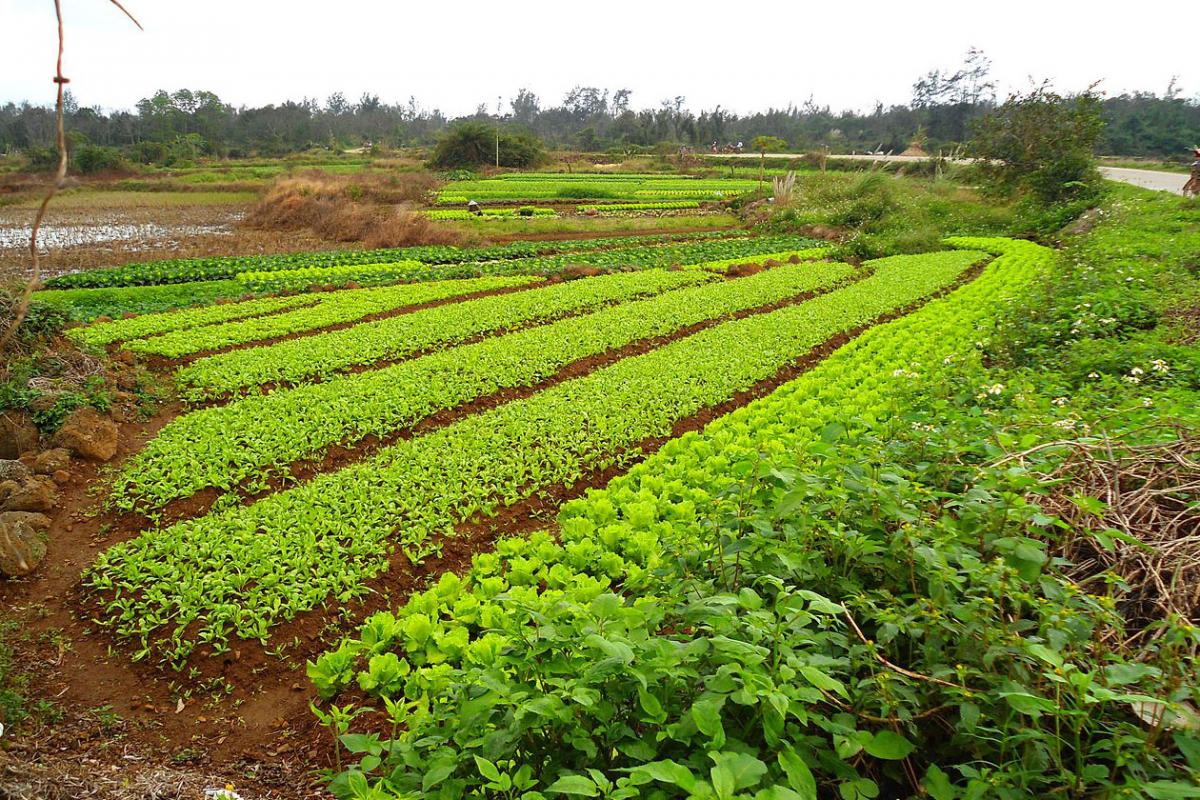
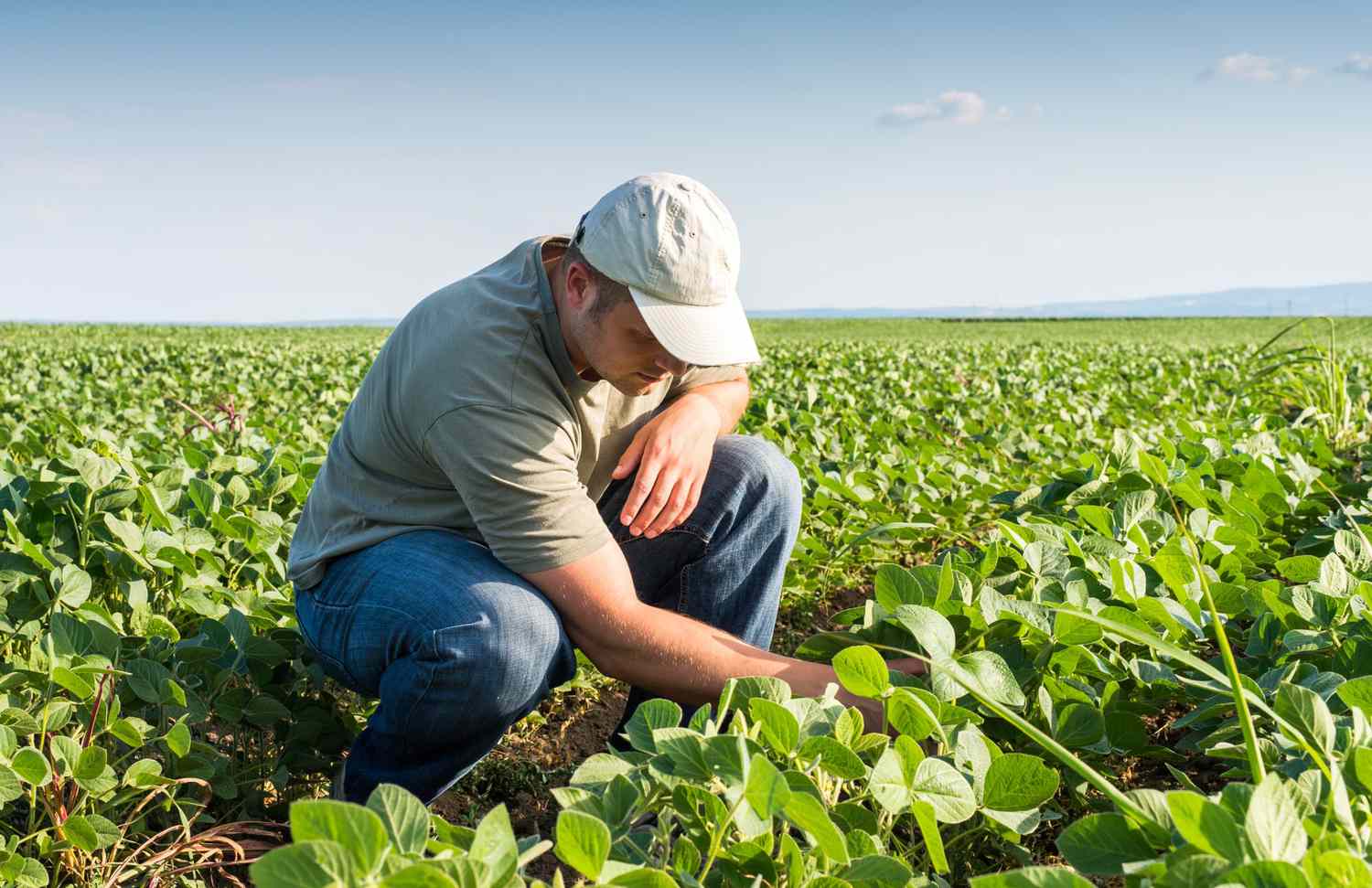

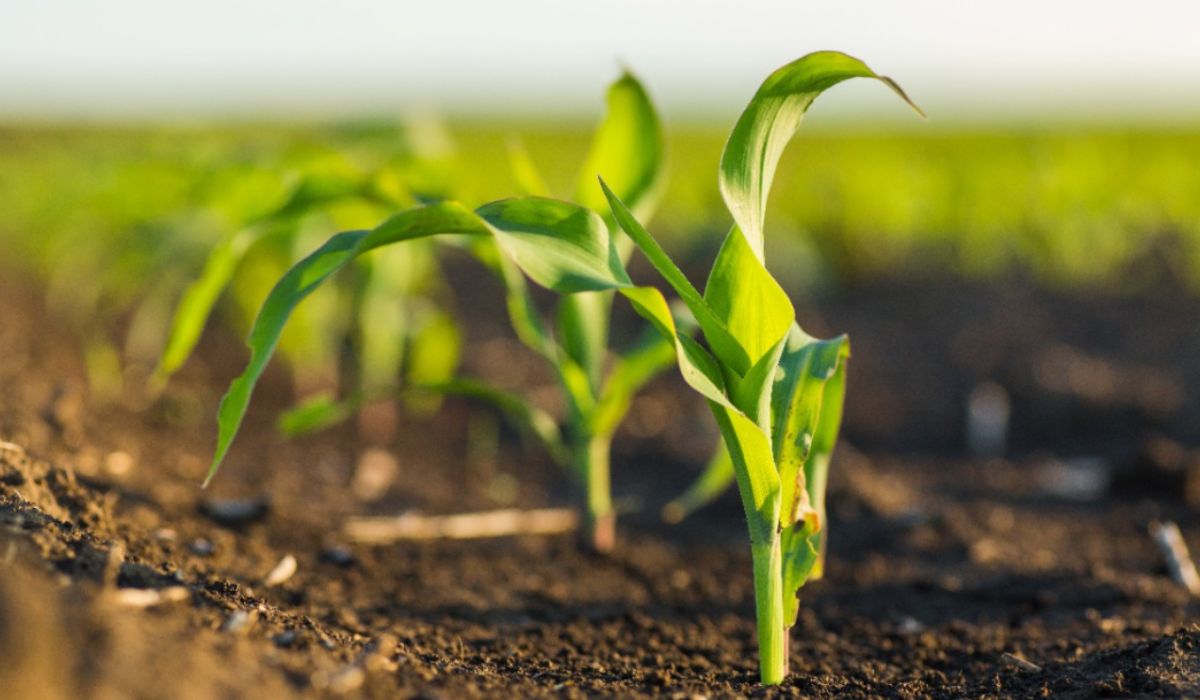

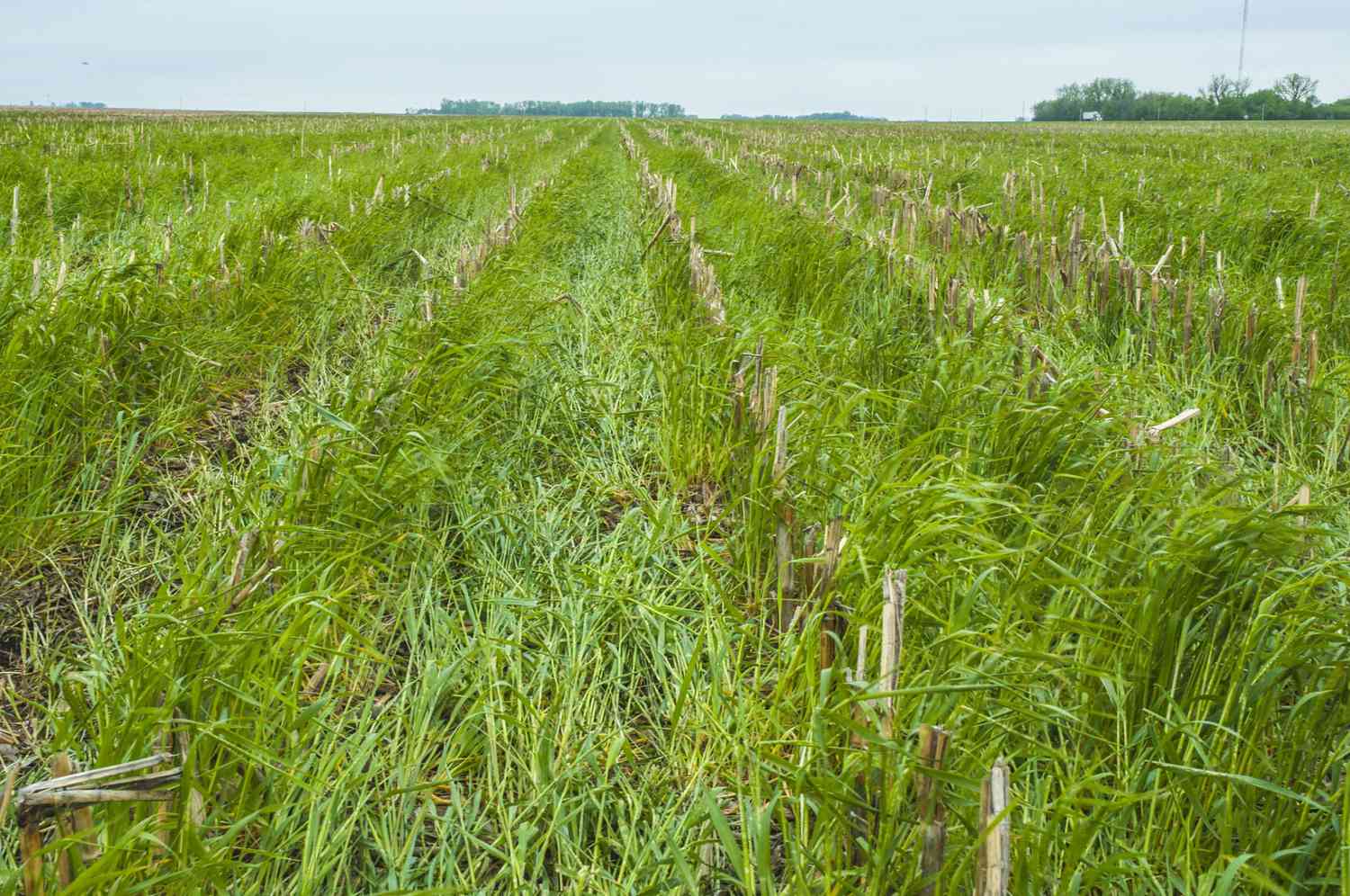
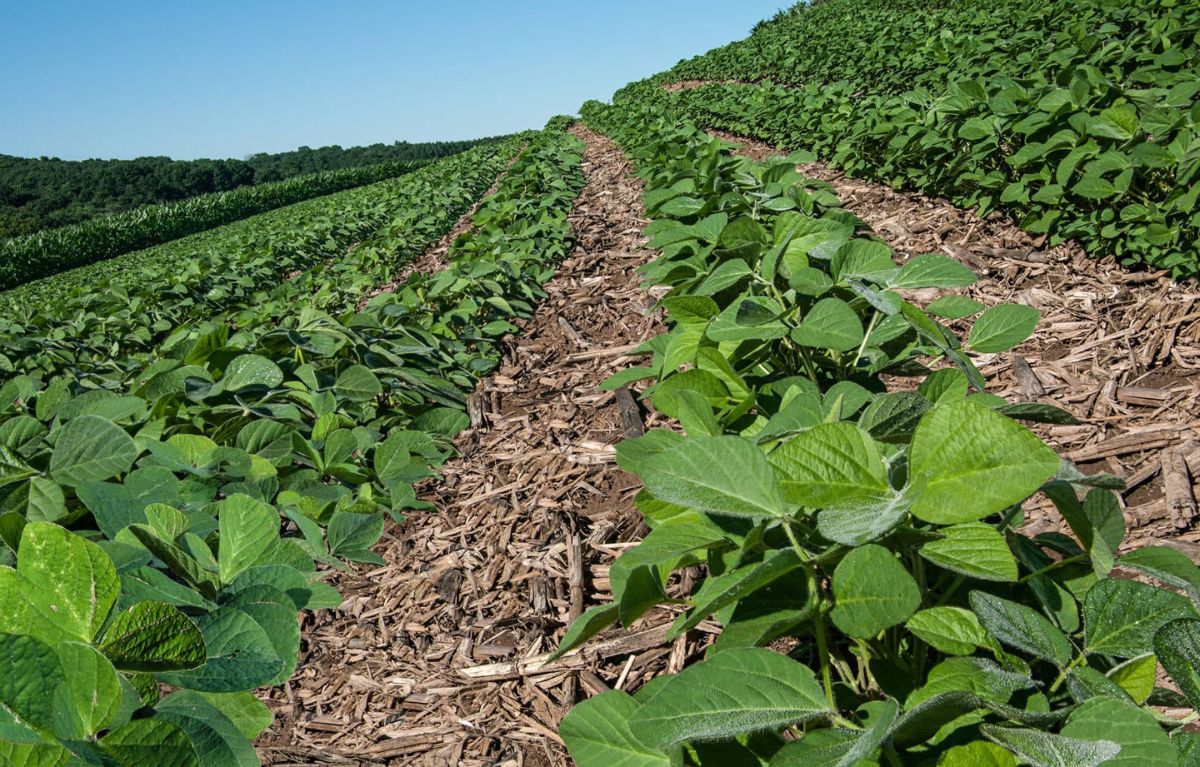


0 thoughts on “How Does Crop Rotation Help Soil Fertility”